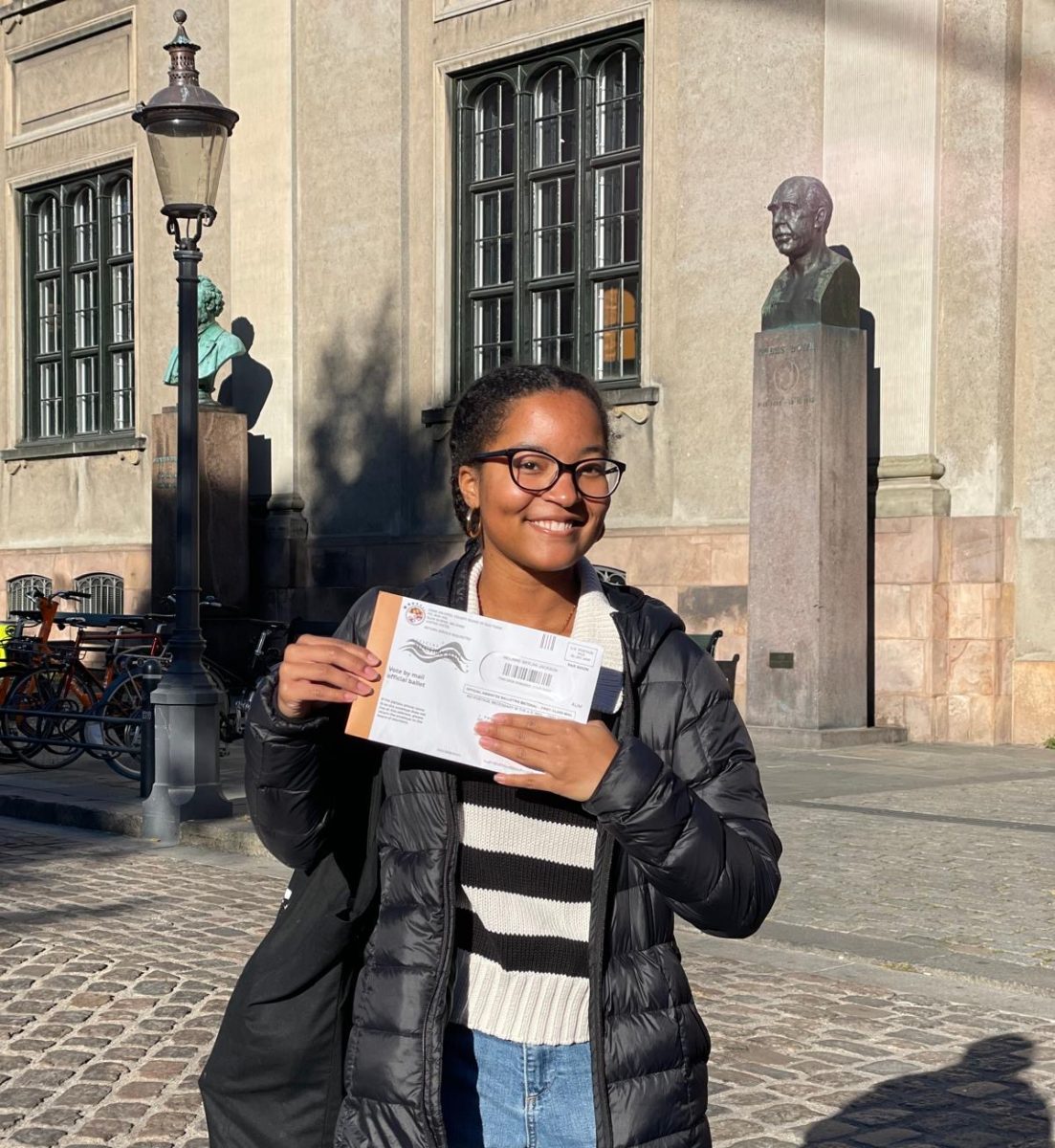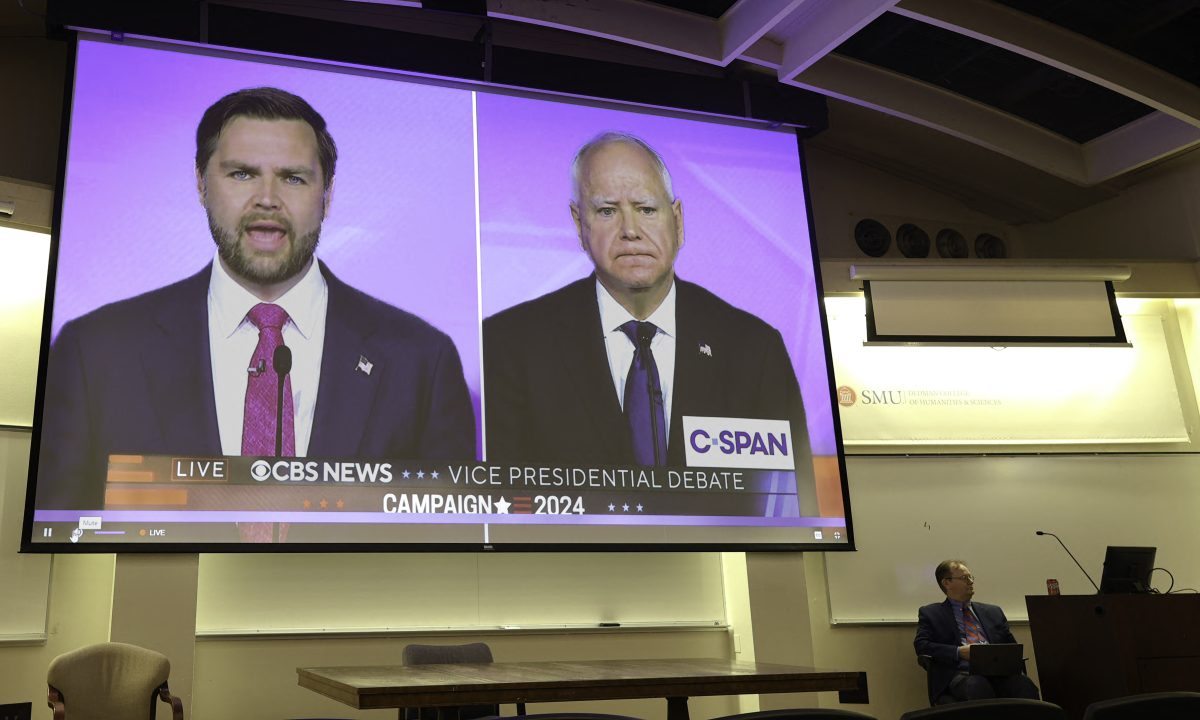“Second Life,” an online communication tool and virtual representation of real life, could be bringing the future learning interface of education and business here to SMU.
“Second Life” is a virtual world in which people from all over the planet can meet, interact and even speak to each other in fluent conversation. It is rapidly changing the way people meet and intermingle, especially over long distances.
The business world is also being transformed by the recent online phenomenon as businesses test products, advertise and sell their merchandise online. Some students here at SMU have already capitalized off the business opportunities.
“I own and operate a handful of stores where I sell the stuff I build like hair, clothes and furniture, and I also sell other people’s things, too,” one avid user of “Second Life” at SMU, wishing not to be named in this article, said. “So far I’ve made about $250 through my stores, but I’ve made probably double that through all my ventures. I’ve worked at various clubs hosting events and managing employees. It has been useful in helping me learn how to run a business because you need to learn how to network, handle customer complaints, be innovative, etc., to really be successful,” she added.
There is a real conversion rate between U.S. dollars and the “Linen Dollar” used in “Second Life.” Any money made in “Second Life” could be converted into real cash, an idea never before seen in online interactive experiences.
“Second Life,” according to ITOM professor Ulrika Schultze, “is the richest and most immersive experience in computer-mediated communication,” adding, “It will one day soon be as big as the World Wide Web boom was; it is going to transform the Web and you can then surf the Internet in a virtual three- dimensional form.”
Schultze went on to cite examples of how Web surfing might change with “Second life.” “It would be as if you wanted to reference a book, you would take your avatar to an online library and literally take the book and read it.”
“Or perhaps being able to pull the Internet in through ‘Second Life’ meaning it could be possible to have streaming YouTube video while interacting with others in ‘Second Life,'” Schultze said.
Schultze believes these applications could potentially benefit students in the form of more efficient subsets to the education process. The professor cited ways such as additional online office hours for professors, fewer canceled classes due to the availability of online instruction via voice and streaming Internet capabilities as well as virtual simulation creation not available in real life.
It would be possible for students to interact, speak, ask questions and learn from Internet-based resources just as in a real classroom if the professor had to teach class from an alternate location. The professor also cited a virtual simulation that a biology professor created for students’ avatars to experience things that could not be seen or done in real life.
Schultze is creating an “SMU island” where many familiar landmarks will be present, as well as the main quad fountain and the Flagpole. Students will be able to meet, network, speak and even dance in the new interactive online SMU.
The island is still under construction; however, students will be able to experience the benefits of ‘Second Life’s’ education and interaction possibilities in as soon as a month. Referring to the possibilities in store for the education and business world, especially here at SMU, Schultze believes “the sky is the limit.”








